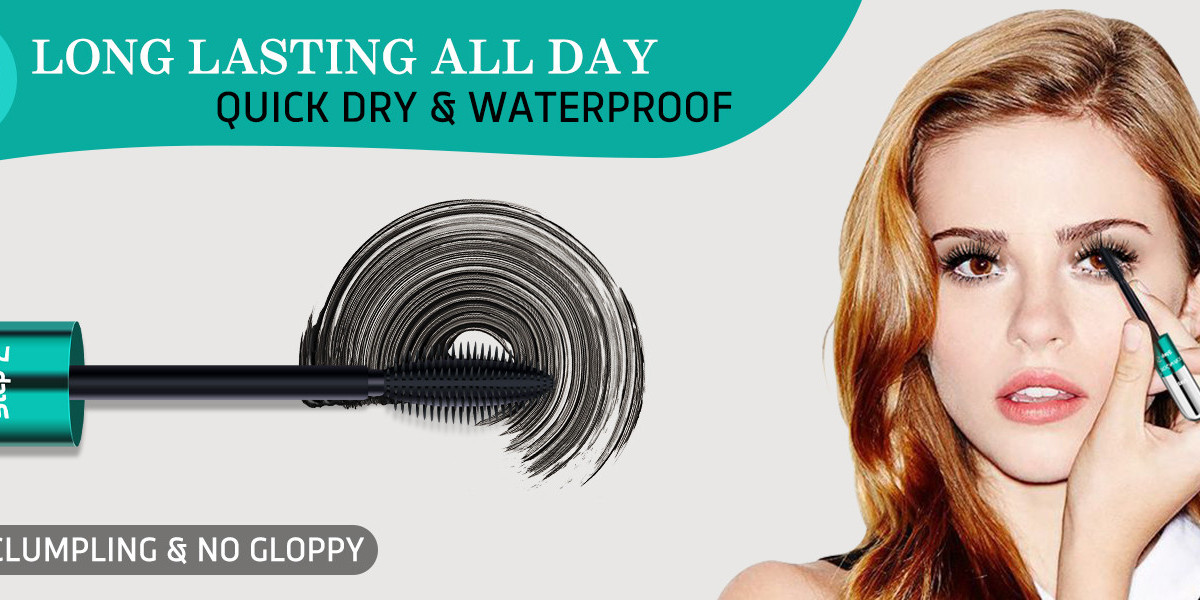The US Polyurethane Wheels Market Trends indicate a shift towards specialized products such as non-marking wheels and noise-reducing solutions. Other prominent trends include eco-friendly manufacturing processes, higher durability, and customized design offerings. Market trends are also influenced by advancements in industrial caster wheels and polyurethane rollers, enhancing operational efficiency across warehouses, factories, and other industrial environments.
The US polyurethane wheels market has witnessed significant growth in recent years, driven by the increasing demand for durable, high-performance wheels in various industrial applications. Polyurethane wheels are preferred over traditional rubber or plastic wheels due to their exceptional load-bearing capacity, resistance to wear and tear, and smooth rolling capabilities. These wheels are widely used across industries such as material handling, automotive, healthcare, logistics, and warehousing. In the context of the US market, the shift toward automation in warehouses and manufacturing units has fueled the adoption of polyurethane wheels in trolleys, conveyor systems, automated guided vehicles (AGVs), and other mobility equipment. The market’s evolution is also influenced by growing investment in e-commerce and logistics infrastructure, which necessitates efficient and long-lasting material handling solutions.
Market Dynamics
The US polyurethane wheels market is shaped by a combination of driving forces, challenges, and technological advancements. The rising industrialization and expansion of warehouse infrastructure contribute to steady demand. Additionally, polyurethane wheels offer multiple benefits, including superior resistance to abrasion, chemical exposure, and extreme temperatures, making them suitable for diverse operational environments. Technological innovations, such as precision-molded polyurethane and hybrid wheels, enhance performance and extend product life, creating a competitive edge for manufacturers. Furthermore, the adoption of sustainable and eco-friendly production methods is gaining attention, aligning with broader industry trends toward environmental compliance.
Conversely, the market faces certain limitations. High production costs compared to conventional wheels, coupled with the need for specialized equipment and expertise in manufacturing, can act as barriers for smaller players. Market dynamics are also influenced by fluctuating raw material prices, particularly polyurethane resins, which can impact overall profitability. Moreover, increasing competition from international suppliers introduces pricing pressures, demanding innovation and differentiation to maintain market share.
Market Drivers
Several key drivers propel the growth of the US polyurethane wheels market. First, the expansion of e-commerce and the warehousing sector in the United States has created a substantial demand for efficient material handling solutions. Polyurethane wheels, with their ability to withstand heavy loads and provide smooth movement over various surfaces, are increasingly preferred in this context. Second, the automotive and healthcare industries are driving specialized demand. In healthcare, for instance, hospital beds, wheelchairs, and medical trolleys rely heavily on polyurethane wheels for their quiet operation and resilience to repeated use. Third, advancements in manufacturing technologies, such as precision molding and improved polyurethane formulations, have enhanced product durability and performance, making these wheels more attractive to industrial buyers.
Environmental regulations also act as indirect growth drivers. Polyurethane wheels are more sustainable than traditional rubber wheels, as they generate less particulate matter and have a longer service life, reducing replacement frequency. The trend toward green and energy-efficient manufacturing practices is further promoting the adoption of these wheels across industries.
Market Restraints
Despite the promising outlook, several restraints can limit market growth. The high initial cost of polyurethane wheels compared to conventional wheels remains a significant hurdle for small and medium enterprises. Maintenance and replacement can also be costlier, especially in specialized applications requiring custom wheel designs. Additionally, the reliance on petroleum-based raw materials for polyurethane production exposes the market to supply chain vulnerabilities and price volatility. Environmental concerns regarding the disposal of polyurethane materials at the end of their life cycle could also influence regulatory frameworks, impacting market expansion. Furthermore, intense competition from traditional wheel materials such as rubber, nylon, and steel creates additional pressure on market players to maintain price competitiveness without compromising quality.
Market Segmentation
The US polyurethane wheels market can be segmented based on product type, application, and end-use industry. By product type, the market includes solid polyurethane wheels, polyurethane-coated wheels, and hybrid wheels combining polyurethane with metal or plastic cores. Solid polyurethane wheels are widely used in industrial trolleys and conveyor systems due to their robustness, while polyurethane-coated wheels find application in medical equipment and precision machinery for their quiet operation and floor protection.
Based on application, the market is divided into material handling equipment, automotive, healthcare, logistics, and other industrial applications. Material handling equipment, including carts, pallet jacks, and AGVs, represents the largest segment due to the ongoing expansion of warehouses and distribution centers. In the healthcare sector, wheels used in hospital beds, wheelchairs, and medical carts are gaining traction due to their durability and low-noise performance.
End-use segmentation highlights the role of industries such as manufacturing, retail, automotive, logistics, and healthcare. Manufacturing and logistics sectors dominate demand due to their extensive use of industrial trolleys and conveyor systems. Retail and e-commerce are emerging as rapidly growing end-use segments, fueled by the increasing reliance on automated material handling solutions.
Challenges and Market Constraints
The US polyurethane wheels market faces several challenges. One major concern is the price sensitivity of end-users, particularly small-scale enterprises, which can limit adoption despite superior performance. Another challenge is technological complexity; producing high-quality polyurethane wheels requires advanced equipment and skilled labor, which may restrict market entry for new players. Supply chain disruptions, especially fluctuations in raw material availability and pricing, pose additional constraints. Moreover, compliance with environmental and safety regulations adds operational costs and requires continuous innovation in manufacturing processes.
Future Outlook
Looking ahead, the US polyurethane wheels market is poised for steady growth. Increasing automation across warehouses, manufacturing units, and healthcare facilities will continue to drive demand. Manufacturers are likely to focus on technological innovations such as noise-reduction features, higher load-bearing capacities, and eco-friendly production processes. The trend toward customization and specialized wheel designs tailored to unique operational requirements is expected to expand. Strategic collaborations between wheel manufacturers and end-use industries may also gain momentum to provide integrated material handling solutions.
The market is anticipated to witness increased consolidation, with key players strengthening their presence through mergers, acquisitions, and partnerships. Sustainable polyurethane formulations and recycling initiatives could play a crucial role in mitigating environmental concerns and meeting regulatory requirements. Overall, the US polyurethane wheels market is set to grow as industries prioritize efficiency, durability, and long-term cost savings, positioning polyurethane wheels as a critical component in the evolving industrial landscape.








